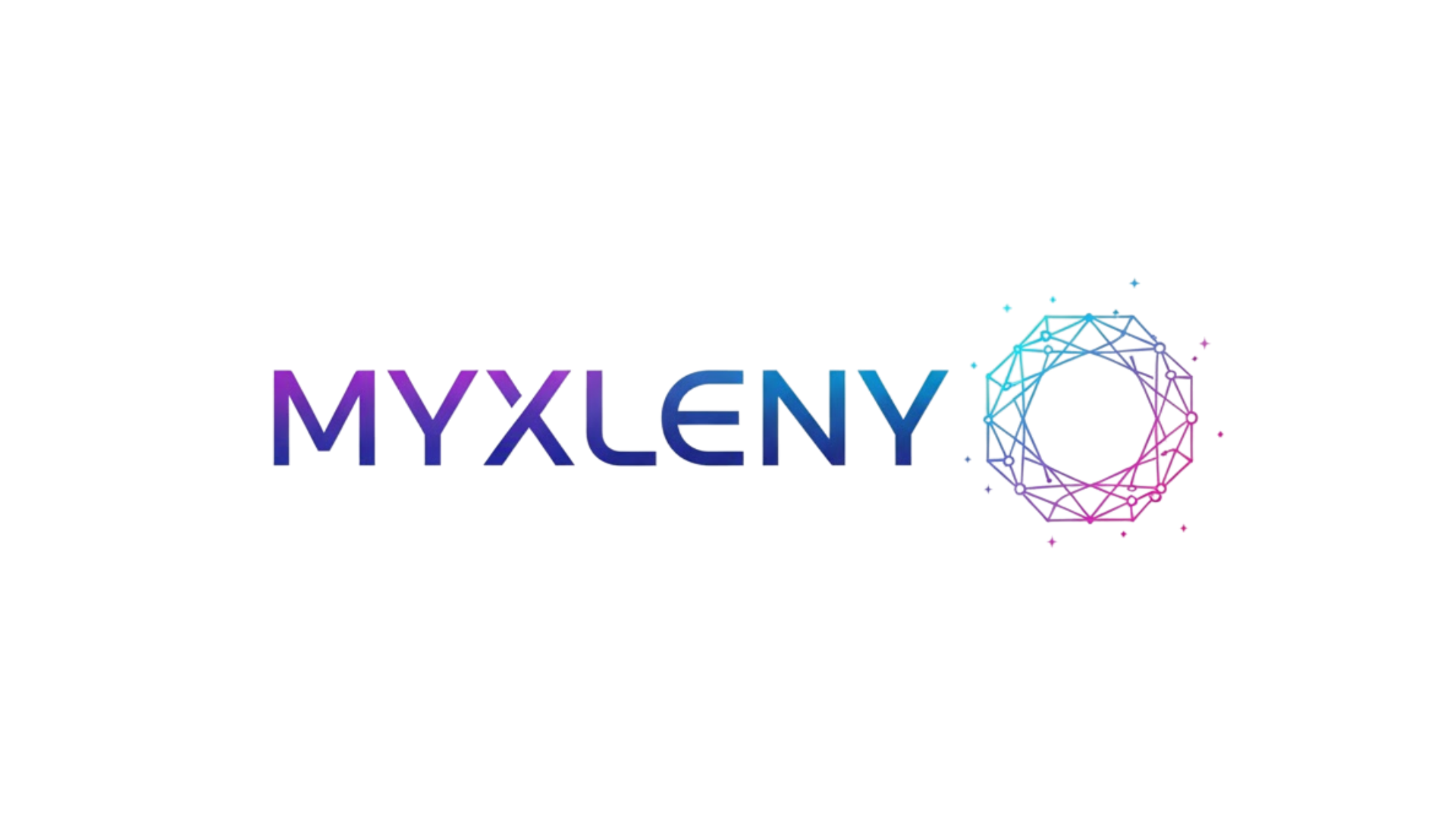Technology is reshaping the employment landscape at an unprecedented pace, sparking crucial debates about automation, artificial intelligence, and the future of human work in an increasingly digital economy.
🤖 Understanding Technological Unemployment in Today’s Context
Technological unemployment refers to job losses caused by technological advancements that replace human labor with machines, software, or automated systems. This phenomenon isn’t entirely new—throughout history, innovations have consistently transformed work patterns. From the Industrial Revolution’s mechanization to today’s artificial intelligence revolution, each technological leap has fundamentally altered how societies produce goods and deliver services.
What distinguishes our current era is the velocity and scope of change. Modern technologies don’t merely enhance productivity; they increasingly replicate cognitive functions previously exclusive to humans. Machine learning algorithms diagnose diseases, autonomous vehicles navigate complex environments, and natural language processing systems engage in sophisticated conversations. These capabilities challenge the traditional assumption that technological progress simply shifts employment from one sector to another.
The World Economic Forum estimates that automation could displace 85 million jobs globally by 2025, while simultaneously creating 97 million new roles. However, this transition isn’t seamless. The skills required for emerging positions often differ dramatically from those being automated, creating significant workforce adaptation challenges.
📊 Which Industries Face the Greatest Disruption?
The impact of technological unemployment varies considerably across sectors. Understanding these patterns helps workers, educators, and policymakers prepare for inevitable transitions.
Manufacturing and Production Sectors
Manufacturing has experienced automation for decades, but contemporary robotics and AI systems accelerate this trend dramatically. Advanced robots equipped with computer vision and machine learning can perform intricate assembly tasks with precision exceeding human capabilities. Companies increasingly deploy collaborative robots, or “cobots,” that work alongside human employees, gradually assuming more responsibilities.
The automotive industry exemplifies this transformation. Tesla’s factories employ sophisticated automation systems that handle welding, painting, and assembly with minimal human intervention. Traditional automotive manufacturers worldwide follow similar trajectories, recognizing that competitive survival demands operational efficiency that automation provides.
Transportation and Logistics
Autonomous vehicle technology threatens millions of driving-related jobs globally. Truck drivers, taxi operators, and delivery personnel face potential displacement as self-driving systems mature. Companies like Waymo, Cruise, and numerous competitors invest billions developing autonomous transportation solutions promising safer, cheaper, and more efficient mobility.
Warehousing operations simultaneously undergo dramatic automation. Amazon’s fulfillment centers showcase robotics systems that retrieve, sort, and package products with remarkable speed. These technologies reduce labor requirements while increasing throughput, establishing performance benchmarks that competitors must match.
Retail and Customer Service
E-commerce growth combined with automation technologies fundamentally restructures retail employment. Self-checkout systems, automated inventory management, and AI-powered recommendation engines reduce workforce needs in traditional retail environments. Physical stores shrink their footprints while online platforms dominate market share.
Customer service increasingly relies on chatbots and virtual assistants powered by natural language processing. These systems handle routine inquiries, troubleshooting, and transactions without human involvement. While complex situations still require human intervention, AI capabilities expand continuously, narrowing this domain.
Financial Services and Data Processing
Banking, insurance, and investment sectors leverage automation extensively. Robo-advisors manage investment portfolios using algorithms that analyze market conditions and optimize asset allocation. Loan approval processes increasingly employ AI systems that assess creditworthiness faster and often more accurately than human underwriters.
Data entry, bookkeeping, and routine accounting tasks face significant automation pressure. Software solutions now perform these functions with greater accuracy and efficiency, eliminating numerous entry-level positions that historically provided career pathways in financial services.
💼 The Skills Gap: Preparing Workers for Tomorrow’s Economy
The mismatch between displaced workers’ skills and emerging job requirements represents one of technological unemployment’s most pressing challenges. Addressing this gap requires coordinated efforts from multiple stakeholders.
Education System Transformation
Traditional education models emphasizing rote memorization and standardized testing poorly prepare students for rapidly evolving labor markets. Future-oriented education prioritizes critical thinking, creativity, emotional intelligence, and adaptability—capabilities that complement rather than compete with artificial intelligence.
STEM education receives considerable attention, but equally important are interdisciplinary approaches that integrate technology with humanities, arts, and social sciences. Tomorrow’s workforce needs professionals who understand both technical systems and human contexts, creating solutions that address real-world complexities.
Lifelong Learning and Reskilling Programs
Career-long employment in single occupations becomes increasingly rare. Workers must embrace continuous learning, regularly updating skills to remain relevant. This reality necessitates accessible, affordable reskilling programs that help displaced workers transition into emerging fields.
Governments, corporations, and educational institutions experiment with various approaches. Coding bootcamps offer intensive training in software development. Online platforms provide flexible learning opportunities in data science, digital marketing, and countless other domains. Apprenticeship programs combine classroom instruction with practical experience, creating pathways into skilled trades and technical professions.
Corporate responsibility includes investing in employee development. Forward-thinking companies implement comprehensive training programs, recognizing that workforce adaptability determines competitive advantage. Rather than simply displacing workers, these organizations facilitate transitions, preserving institutional knowledge while upgrading capabilities.
🌍 Economic and Social Implications
Technological unemployment extends beyond individual job losses, carrying profound implications for economic structures and social stability.
Income Inequality and Wealth Concentration
Automation benefits typically accrue disproportionately to capital owners rather than labor. Companies reducing workforce costs through technology increase profit margins, enriching shareholders while displaced workers struggle financially. This dynamic exacerbates income inequality, concentrating wealth among those controlling technological means of production.
Geographic disparities compound this challenge. Technology hubs like Silicon Valley, Seattle, and Austin thrive, attracting talent and investment, while regions dependent on industries facing automation experience economic decline. This creates political tensions as communities perceive themselves left behind by technological progress.
Social Safety Net Considerations
Traditional social safety nets designed for temporary unemployment between similar jobs prove inadequate for structural technological displacement. Workers facing obsolescence in entire occupational categories require more comprehensive support, including extended retraining periods, income maintenance, and career counseling.
Universal Basic Income (UBI) emerges as one proposed solution. Advocates argue that providing unconditional cash payments to all citizens addresses automation-driven unemployment while maintaining consumer purchasing power. Critics question affordability and potential work disincentives. Pilot programs worldwide test various UBI models, generating valuable data about effectiveness and implementation challenges.
The Meaning and Purpose of Work
Beyond economic considerations, work provides identity, social connection, and purpose. Widespread technological unemployment forces society to reconsider relationships between labor, value, and human fulfillment. If machines handle production, how do individuals find meaning and contribute to their communities?
Some envision futures emphasizing creative pursuits, community service, and interpersonal relationships freed from economic necessity. Others worry about purposelessness and social fragmentation. Navigating this transition requires thoughtful cultural evolution alongside technological advancement.
🚀 Opportunities Emerging from Technological Change
While technological unemployment presents genuine challenges, technological advancement simultaneously creates unprecedented opportunities for those positioned to capitalize on emerging possibilities.
New Industries and Occupations
Every technological revolution spawns entirely new industries inconceivable in previous eras. Today’s economy includes roles like social media managers, app developers, drone operators, and AI ethicists—occupations that didn’t exist twenty years ago. Tomorrow’s workforce will include positions we cannot yet imagine, addressing needs and opportunities created by continued innovation.
The renewable energy sector exemplifies job creation through technological change. Solar panel installation, wind turbine maintenance, and battery technology development employ millions globally. As societies transition from fossil fuels, these industries expand, offering career opportunities for workers with appropriate training.
Enhanced Human Capabilities
Rather than simply replacing humans, many technologies augment human capabilities, enabling accomplishments previously impossible. Surgeons use robotic systems performing microscopically precise procedures. Architects employ virtual reality designing complex structures. Scientists leverage AI analyzing datasets too vast for unaided human comprehension.
This human-machine collaboration represents perhaps the most promising path forward. Instead of humans versus machines, effective integration creates synergies exceeding either alone. Workers who develop complementary skills positioning themselves as technology collaborators rather than competitors secure advantages in evolving labor markets.
Entrepreneurship and Innovation
Technological tools democratize entrepreneurship, enabling individuals launching businesses with minimal capital investment. Online platforms provide access to global markets. Cloud computing offers scalable infrastructure without expensive hardware. Digital marketing reaches targeted audiences affordably.
This accessibility fosters innovation ecosystems where creative individuals solve problems, meet needs, and build enterprises. While not everyone becomes a successful entrepreneur, lowered barriers expand opportunities for those with initiative and vision.
🎯 Strategic Responses: What Can Be Done?
Addressing technological unemployment requires coordinated action across multiple fronts, involving governments, businesses, educational institutions, and individuals.
Policy Interventions
Governments play crucial roles shaping technological transitions. Progressive policies might include:
- Investing heavily in education and training infrastructure that prepares citizens for evolving labor markets
- Implementing portable benefits systems not tied to specific employers, providing security amid career transitions
- Reforming tax structures ensuring automation benefits are distributed more equitably throughout society
- Supporting research and development in emerging industries creating quality employment opportunities
- Establishing regulatory frameworks governing AI deployment that balance innovation with worker protections
Corporate Responsibility
Businesses implementing automation technologies bear responsibilities toward affected workers. Ethical corporate practices include advance notification of technological changes, comprehensive retraining programs, gradual transitions allowing workforce adaptation, and consideration of automation’s community-wide impacts.
Some companies embrace stakeholder capitalism models prioritizing employee welfare alongside shareholder returns. These organizations recognize that sustainable success depends on healthy communities and stable societies, not merely quarterly profits.
Individual Adaptation Strategies
Workers cannot passively await institutional solutions. Personal strategies for navigating technological change include:
- Cultivating adaptability and embracing lifelong learning as career fundamentals
- Developing skills complementing rather than competing with automation
- Building diverse skill sets increasing professional flexibility
- Staying informed about industry trends and emerging opportunities
- Networking actively to access information and opportunities
- Considering entrepreneurship as viable career paths emerge
🔮 Looking Ahead: Scenarios for the Future of Work
Predicting technology’s precise impact on employment remains challenging, but examining potential scenarios helps prepare for various possibilities.
The Optimistic Vision
In favorable scenarios, technological advancement creates widespread prosperity. Automation handles dangerous, repetitive, and unfulfilling work, freeing humans for creative, meaningful pursuits. Shortened work weeks become standard as productivity gains are shared equitably. Education systems successfully prepare workers for emerging opportunities. Social safety nets provide security during transitions. Humanity flourishes in partnership with intelligent technologies.
The Pessimistic Outlook
Darker projections envision widespread displacement without adequate replacement opportunities. Inequality spirals as technological benefits concentrate among elites. Social tensions escalate as large populations face economic insecurity. Political instability follows economic disruption. Inadequate policy responses fail to address structural challenges, creating prolonged hardship.
The Realistic Middle Ground
Most likely, reality falls between extremes. Technological unemployment creates genuine disruptions requiring difficult adjustments. Some workers successfully transition while others struggle. Geographic and demographic disparities characterize experiences. Policy responses prove partially effective but imperfect. Society muddles through adaptation, experiencing both progress and setbacks.
The ultimate trajectory depends on choices made today. Proactive preparation, thoughtful policies, corporate responsibility, and individual adaptability determine whether technological change becomes catastrophe or opportunity.

⚡ Taking Action in an Age of Uncertainty
Technological unemployment represents neither inevitable disaster nor guaranteed utopia. It constitutes a profound challenge demanding serious attention, creative solutions, and collective action. The fundamental question isn’t whether technology will transform work—that transformation already accelerates around us. Rather, we must decide how to navigate this transition, ensuring technological progress serves broad human flourishing rather than narrow interests.
Success requires abandoning outdated assumptions about career stability, educational sufficiency, and economic structures. It demands embracing change while protecting vulnerable populations. It necessitates balancing innovation’s benefits against disruption’s costs. Most importantly, it requires recognizing that technological unemployment isn’t merely an economic issue but a fundamentally human challenge affecting identity, community, and purpose.
Those who approach the future with curiosity rather than fear, adaptability rather than rigidity, and collaboration rather than competition position themselves advantageously. Organizations prioritizing long-term sustainability over short-term gains build resilience. Societies investing in human development alongside technological advancement create foundations for shared prosperity.
The future of work remains unwritten. Through informed choices, deliberate preparation, and commitment to inclusive progress, we can shape technological transformation into an era of expanded human potential rather than diminished opportunity. The challenge is substantial, but so too are humanity’s creative capabilities and collaborative spirit. Facing the future requires courage, but also hope grounded in purposeful action.
Toni Santos is a future-of-work researcher and social innovation writer exploring how technology, culture, and global mobility are redefining what it means to work and thrive in the 21st century. Through his studies on automation, digital nomadism, and workforce transformation, Toni examines the balance between progress, adaptability, and human purpose in a rapidly changing world. Passionate about remote collaboration systems and digital inclusion, Toni focuses on how emerging tools and global connectivity empower individuals to build meaningful, flexible, and resilient careers. His work highlights how automation and new work models can coexist with creativity, empathy, and social value. Blending sociology, economics, and digital strategy, Toni writes about the human side of innovation — helping readers understand not only where work is heading, but how to align with its transformation responsibly and purposefully. His work is a tribute to: The evolving relationship between automation and human employment The rise of global, location-independent lifestyles The power of resilience and adaptability in the modern workforce Whether you are a freelancer, remote leader, or curious observer of the new economy, Toni Santos invites you to explore the future of work — one idea, one connection, one transformation at a time.




